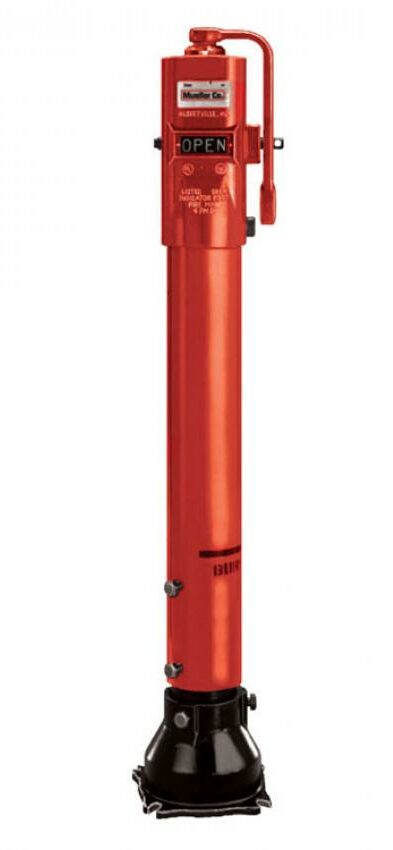Post Indicating Values (PIV)
When you work in fire protection, there are always some valves that you want to know the position of, whether for fire suppression, frequently-exercised valves or those that require a very fast response to an emergency situation. One option you could consider is adding a Post Indicator Valve, or PIV, to that part of your system. But what is it, how does it work and where should you add it?
Post-indicator valves have long been used to stop the flow of water into a building during developed stages of a fire. Exterior wall collapse of a burning building poses a threat to break water supply mains as well as create many openings to the water supply. Without a valve to stop supply to these areas, firefighters and their efforts could be compromised by the loss of pressure and outflow of water to areas of a site that don't need water.
With the recognized effectiveness of sprinkler systems and cost pressures, the requirement for post-indicating valves have become more relaxed in the last decade. Code references to account for building collapse, for instance, now appear only indirectly in location requirements for hydrants and post-indicator valves to be sufficiently away from a building.
PIV’s are easily viewable in an emergency state, with the immediate visual of it being opened or closed. In an emergency, first responders or service technicians can react more efficiently by identifying the location and reacting to what needs to be performed. These Post Indicating Valves are commonly found on underground fire loops and leads in, into a fire sprinkler riser.


